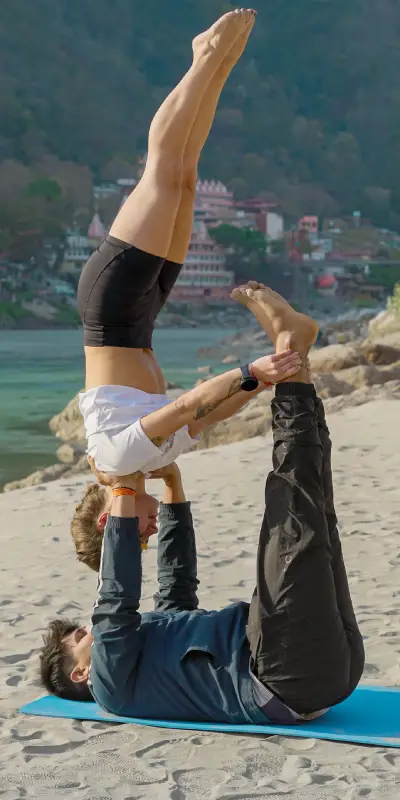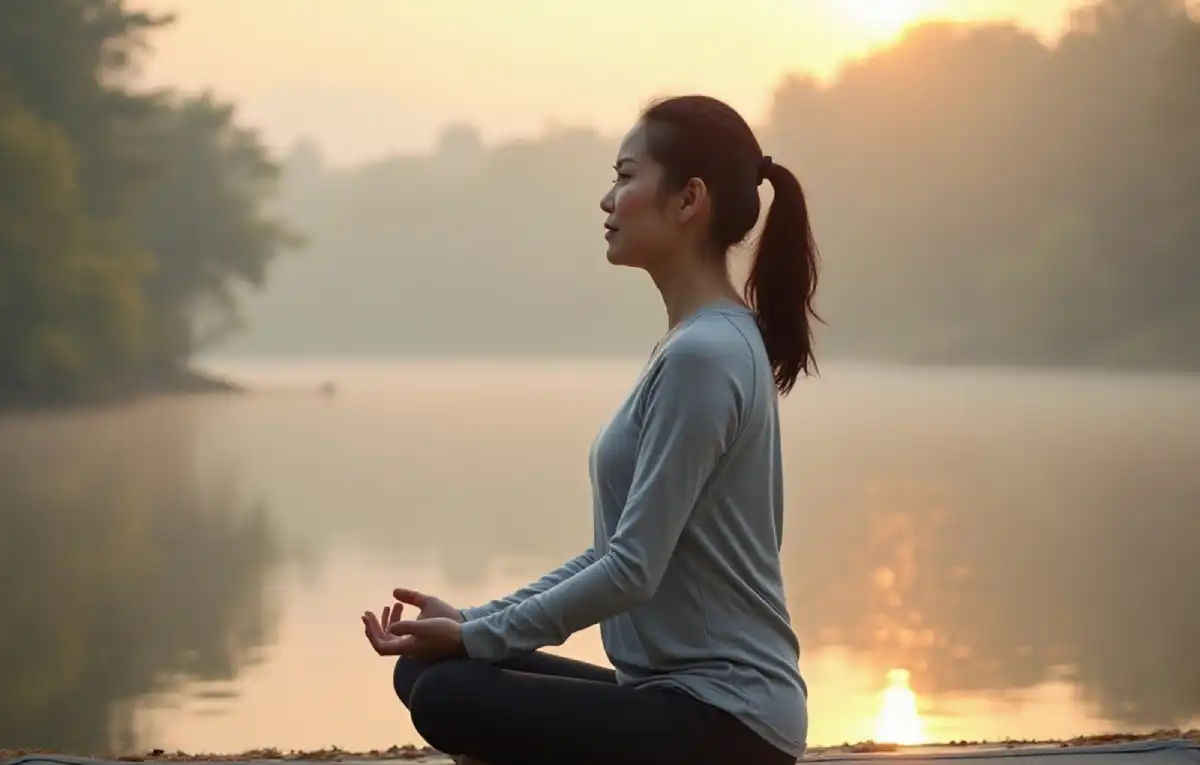
Get A Free Quote

Cervical pain, often caused by poor posture and prolonged screen time, can lead to constant neck and shoulder discomfort. In today's digital age, we often find ourselves hunched over devices, unaware of the toll it takes on our spine and overall well-being. While pain medications provide temporary relief, yoga offers a more holistic and lasting approach.
With gentle yet powerful movements, yoga can relieve tension, improve flexibility, and restore mobility to the cervical spine. Unlike high-impact workouts, yoga is accessible and adaptable to different pain levels, making it an ideal practice for ongoing cervical care. This guide explores the most effective yoga practices to ease cervical pain and enhance daily comfort.
Cervical pain affects the neck, shoulders, and upper back, often disrupting everyday activities like working at a desk, sleeping, or driving. Over time, repetitive strain and a sedentary lifestyle can cause inflammation and chronic tension in the cervical spine. Poor posture, mental stress, and lack of movement only worsen the issue.
Furthermore, pain in this region can radiate to the arms and cause headaches, significantly reducing one’s quality of life. By understanding the root causes of cervical discomfort, individuals are better equipped to choose the right corrective actions and adopt mindful habits that support long-term spinal health.
Yoga stretches help release stiffness from the neck and shoulder region, encouraging blood flow and natural relaxation of the muscles. By promoting mobility in tight areas, it soothes painful trigger points and improves overall comfort. As a result, this relief can help reduce the need for pain medication over time.
Targeted asanas increase the range of motion in the cervical spine and shoulders. As flexibility improves gradually, everyday tasks such as turning the head or lifting objects become easier and less painful. This gradual progress also reduces the likelihood of re-injury.
Breathwork and gentle movement calm the nervous system, reducing the mental and physical stress that contributes to muscle tightness. As stress levels drop, the body naturally becomes more receptive to healing. This mental clarity also promotes more conscious posture habits, especially when incorporating practices designed for easing tension like these simple yoga poses for stress relief.
Yoga promotes proper body alignment, which is crucial for relieving and preventing cervical discomfort caused by slouching. With consistent practice, it becomes easier to maintain good posture throughout the day. In the long run, improved posture helps reduce recurrence of pain.
A seated pose encourages an upright spine while gently stretching the neck side to side. This pose calms the mind while targeting areas of tightness around the cervical spine. It’s especially helpful after long hours at a desk and can easily be performed even during breaks.
This dynamic spinal flow warms up the cervical and thoracic spine. As you move between flexion and extension, it releases built-up tension and enhances spinal mobility, making it a great warm-up before deeper stretches. It also improves spinal awareness.
This chest-opening backbend counters slouched posture and stretches the front of the neck and shoulders. When practiced gently, it boosts circulation to the neck and reduces stiffness from tech-neck syndrome. For beginners, props can be used for added support. A detailed guide on Camel Pose in Yoga covers its full benefits and step-by-step instructions.
A deeply restorative pose that aligns the spine and allows the neck to decompress. The passive nature of this pose helps calm the mind while providing subtle traction to the upper spine. It’s ideal before bed or during times of acute discomfort.
A grounding pose that stretches the spine while gently opening the shoulders. This pose also encourages a sense of surrender, allowing tension to melt away with each exhalation. Its calming nature makes it a perfect addition to any routine.
Strengthens the upper back and opens the chest, helping relieve pressure around the cervical spine. When done with mindful engagement of the core, it supports the neck without overextending it. Practicing regularly can improve spinal strength.
An upper-body stretch that targets shoulder tightness. It enhances circulation and flexibility in the shoulder joints while encouraging balance between the two sides of the body. This pose can be done seated or standing.
If you want to learn more, check out this detailed guide: How to Do Garudasana (Eagle Pose).
This stretch is highly effective for opening up the shoulders. With regular practice, it improves arm mobility and helps reduce the tightness from repetitive overhead movements or slouching. Deep breathing can intensify its effects gently.
Encourages flexibility and posture correction, reducing stiffness in the upper body. This gentle twist also stimulates the digestive system and energizes the spine. When paired with breathwork, it promotes a greater sense of ease.
A calming pose that opens the shoulders and gently stretches the spine and neck. It also supports spinal decompression and encourages mindful breathing. This pose works well in the evening to unwind.
This pose activates the back muscles while simultaneously opening the chest, creating a strong foundation for better posture and spinal support. By encouraging spinal alignment and reducing rounding in the upper back, it addresses one of the key contributors to neck strain. For added comfort, use a block under the sacrum.
This inversion promotes circulation to the upper spine and has a deeply restorative effect on the nervous system. It’s ideal for reducing overall fatigue and supporting gentle healing. Stay for 5–10 minutes to fully experience the calming benefits.

A beginner-friendly routine:
This short yet effective routine can easily be integrated into your morning or evening to maintain upper body mobility. Practicing yoga daily helps prevent stiffness from building up.
Taking a mindful approach ensures lasting results and reduces the risk of injury.
Yoga blocks under hands, cushions under knees, and folded blankets behind the neck can make the experience more comfortable. These props not only encourage good alignment and support as you build strength and flexibility, but they also help you stay in poses longer, maximizing the overall benefits.
Use a slow inhale to lengthen the spine, and a controlled exhale to deepen the stretch. This harmony between breath and movement amplifies the benefits of each pose and enhances body awareness. Over time, this rhythm also improves focus and stress resilience. Learn more about mindful breathing in this guide to Pranayama Breathing Techniques.
Yoga is a natural, sustainable solution for managing cervical discomfort when practiced mindfully. With consistency, it can improve posture, reduce pain, and enhance overall quality of life. Unlike quick fixes, yoga encourages long-term changes in body mechanics and mental habits.
Even 10 minutes of practice each day can make a remarkable difference. Pair it with mindful breathing, healthy posture habits, and ergonomic adjustments at your workspace to further reduce strain on your neck. More importantly, embrace the journey — small efforts practiced regularly can lead to significant transformation.